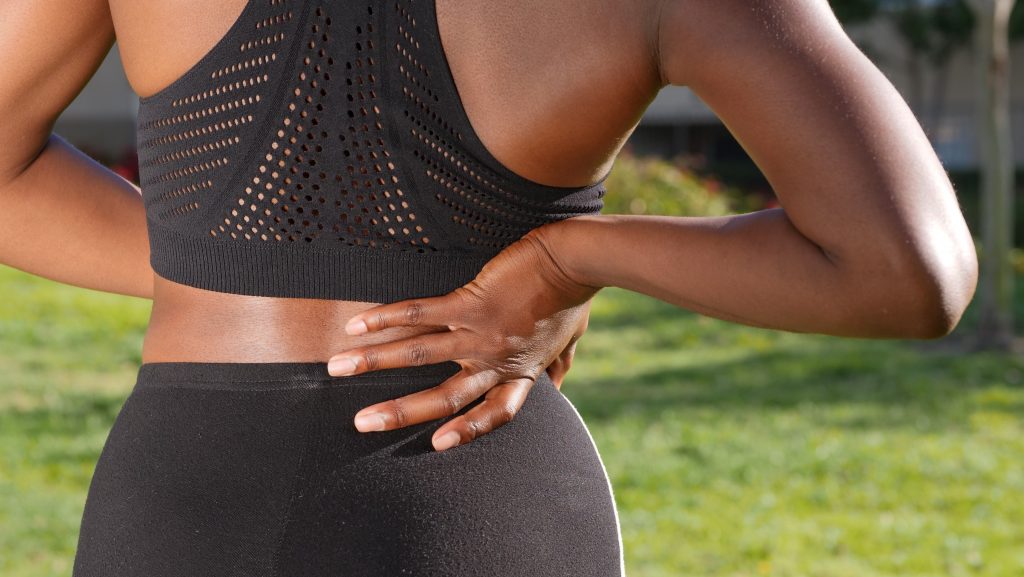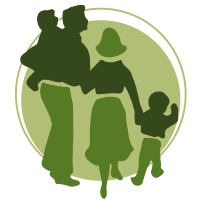The World Health Organisation has released new information on LOWER BACK PAIN (LBP) and its impact worldwide.
- In 2020, lower back pain (LBP) affected 619 million people globally and it is estimated that the number of cases will continue to increase driven largely by an ageing and increasing population.
- It is the single leading cause of disability worldwide and the condition for which the greatest number of people may benefit from rehabilitation.
- Whilst LBP can be experienced at any age, and most people experience LBP at least once in their life and its prevalence increases with age although the highest number of LBP cases occurs between 50–55 years of age.
- It is more prevalent in women
- Chiropractic treatment can be helpful for both short or long term lower back pain.
Lower back pain describes pain between the lower edge of the ribs and the buttock. It can last for a short time (acute), a little longer (sub-acute) or a long time (chronic) and can affect anyone of any age.
LBP can be specific or non-specific:
- Specific LBP is pain that is caused by a certain disease or structural problem in the spine, or when the pain radiates from another part of the body.
- Non-specific LBP is when it isn’t possible to identify a specific disease or structural reason to explain the pain. LBP is non-specific in about 90% of cases.
In all types and at all stages of LBP, rehabilitation is essential to reassure people and help them make sense of their pain, help them return to activities they enjoy and identify strategies to support recovery and improve function.
Scope of the problem
Low back pain (LBP) is the leading cause of disability worldwide. It is the condition where the greatest number of people may benefit from rehabilitation.
Whilst people at any age can experience LBP, the peak in the number of cases occurs at 50–55 years, and women experience LBP more frequently than men. Recurrent LBP episodes are more common with ageing.
Signs and symptoms
- Low back pain can be a dull ache or sharp pain. It can also cause pain to radiate into other areas of the body, especially the legs.
- LBP may not only restrict a person’s movement, but can also cause problems with sleep, low mood and distress.
- LPB can be acute (lasting under 6 weeks), sub-acute (6–12 weeks) or chronic (over 12 weeks).
- In most cases of acute LBP, symptoms go away on their own and most people will recover well. However, for some people the symptoms will continue and turn into chronic pain.
- People with LBP may also experience spine-related leg pain (sometimes called sciatica or radicular pain). This is often described as a dull sensation or a sharp, electric shock feeling. Numbness or tingling and weakness in some muscles may be experienced with the leg pain.
- Lower back pain can affect well-being and quality of life and often lead to loss of work particularly in those who experience chronic symptoms.
Cause and risk factors
LBP may be classified as specific or non-specific. Non-specific means that the individual’s pain cannot be accounted for by another diagnosis such as an underlying disease, pathology or tissue damage. 90% of case are non-specific.
Risk factors for non-specific LBP include:
- low physical activity levels
- smoking
- obesity
- high physical stress at work
Specific LBP can be explained by an underlying disease (e.g., cancer), tissue damage (e.g., fracture), or may be referred from other organs (e.g., from kidney or aortic aneurysm).
Treatment and management
Treatment for LBP depends on the nature of the pain and whether it is non-specific or specific.
For specific LBP, treatments focus on treating the underlying condition causing the pain.
Treatments for non-specific LBP include:
- physical therapies to improve muscle strength and ability to move and resume physical activity and exercise link to chiropractic
- psychological and social support to help people manage their pain and return to doing activities they enjoy link to laurie Harvey
- reducing strain during physical work
- lifestyle changes including more physical activity, healthy diet and good sleep habits link to Fiona
Although medicines can be used to reduce the symptoms of painkillers should NOT be the first-line treatment for LBP. Older people and those with other medical conditions should speak to a healthcare provider before using medicines.
With the onset of any LBP, a comprehensive clinical assessment comprising a careful physical examination and a psychosocial assessment is essential to tailor care while considering a person’s values, preferences and care priorities.
Luck’s Yard Clinic offers a FREE 15 minute consultation (for new patients) with a Chiropractor to assess your needs prior to recommending treatment, which may be for physiotherapy or massage as well as chiropractic.
Interventions for rehabilitation in LBP include non-pharmacologic eg physical therapy or medication options, but physical therapies are prioritised.
Self-care
Self-care is an important part of managing LBP and returning to normal life activities.
There are several ways to reduce symptoms and help prevent further episodes of non-specific low back pain:
- being physically active
- optimizing mental well-being
- maintaining a healthy body weight
- not smoking tobacco
- getting good sleep
- being engaged in social and work activities
- making ergonomic adjustments in the workplace ie ensuring a suitable desk and chair
Education and support can help people with low back pain to develop strategies to self-manage and cope with the symptoms to help to reduce pain and improve well-being.
For further information on the different therapies we offer at Luck’s Yard Clinic, please see our website: www.lucksyardclinic.com or call our Reception team on 01483 527945
References
https://www.who.int/news-room/fact-sheets/detail/low-back-pain




